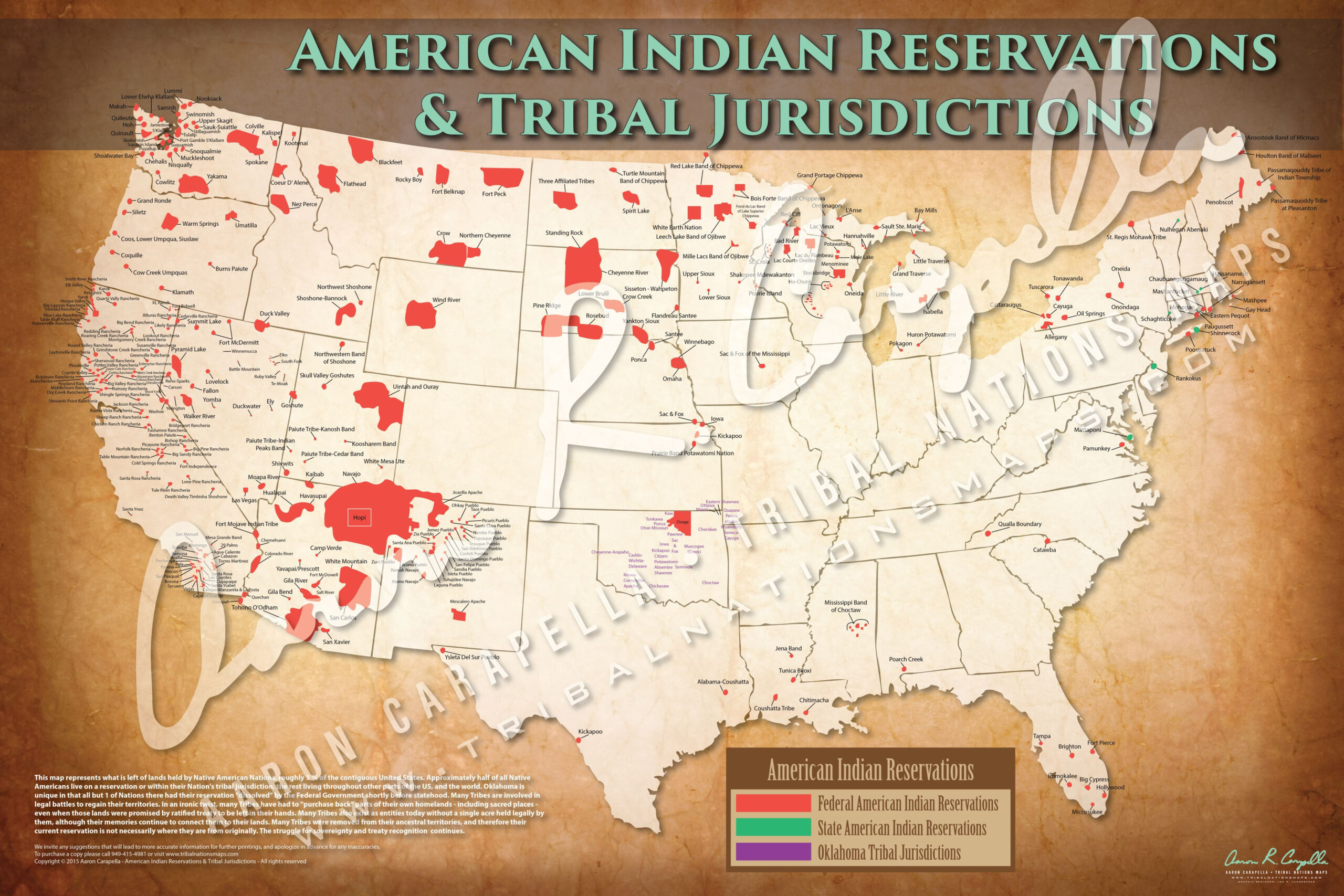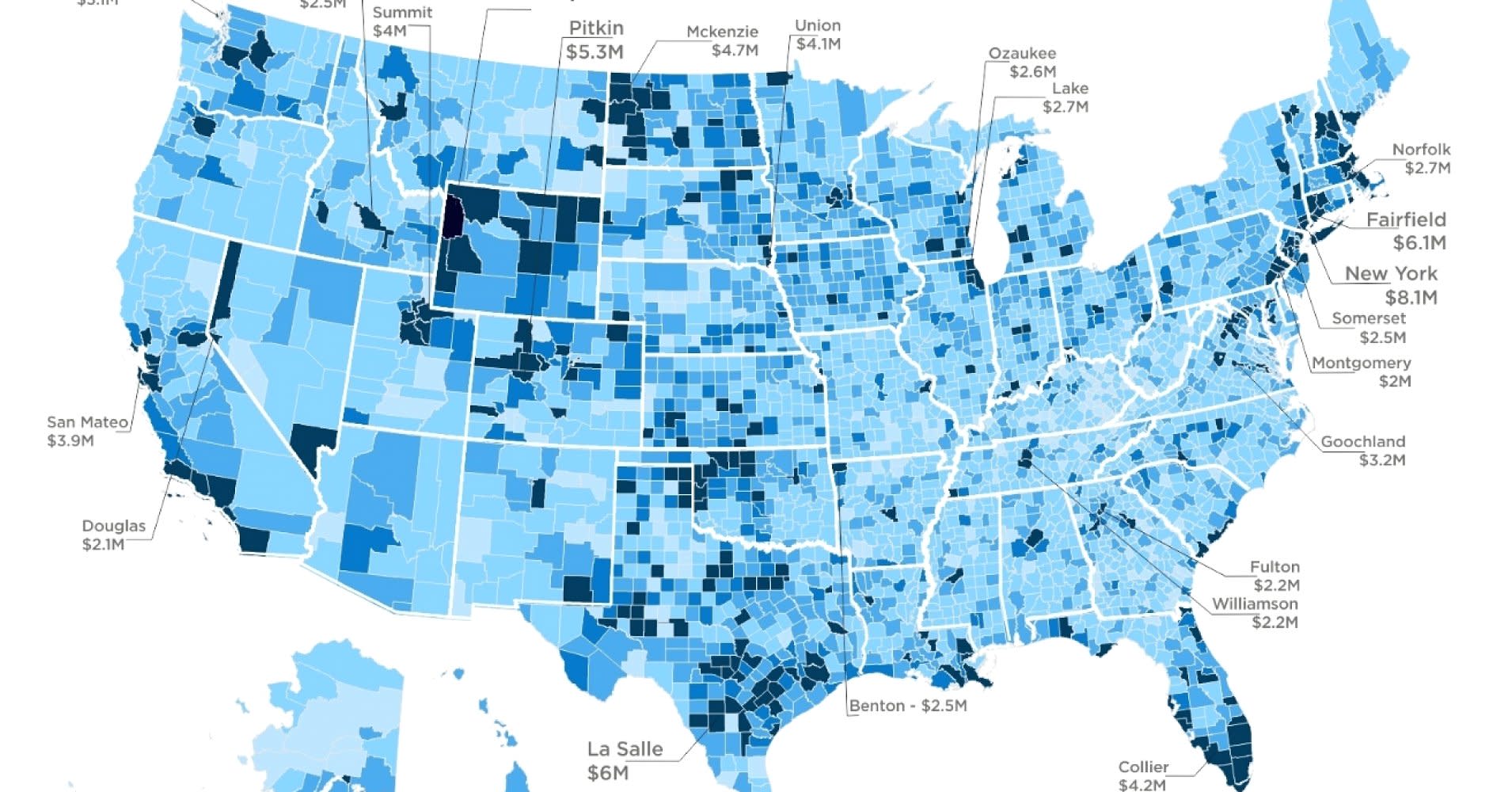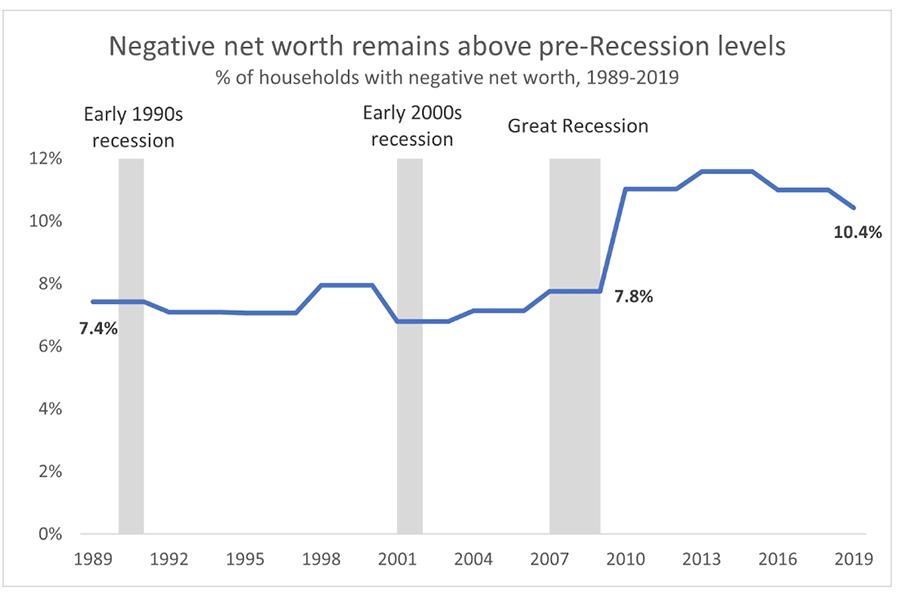The Hidden Wealth: Exploring the Richest Reservations in the United States
The Hidden Wealth: Exploring the Richest Reservations in the United States

The United States boasts a rich tapestry of cultures, including a vibrant Native American community. While many reservations face significant challenges, some have achieved remarkable economic success, defying stereotypes and showcasing resilience. This article delves into the concept of "richest reservations" in the U.S., exploring the factors that contribute to their prosperity and the complexities surrounding wealth within these communities.
Defining "Richest" and the Limitations of Measuring Wealth:
Related Articles: The Hidden Wealth: Exploring the Richest Reservations in the United States
- The Richest Native American Reservations: A Look At Wealth And Sovereignty
- The Mystery Of Blue Eyes In India: Unraveling A Genetic Tapestry
- Megan Fox: Exploring The Complexities Of Her Ancestry
- California’s Hidden Wealth: Unveiling The Richest Native American Tribes
- The Shakopee Mdewakanton Sioux Community: A Legacy Of Resilience And Progress
Before diving into specific reservations, it’s crucial to define what "richest" means in this context. The term can be interpreted in various ways:
- Per capita income: This measures the average income of individuals within a reservation, offering a snapshot of individual financial well-being.
- Tribal revenue: This encompasses the total income generated by the tribe, including revenue from casinos, natural resources, businesses, and investments.
- Quality of life: This considers broader factors beyond income, such as access to healthcare, education, housing, and infrastructure.
It’s important to note that focusing solely on financial metrics like income or revenue can be misleading. The distribution of wealth within a reservation can be uneven, and factors like social equity, cultural preservation, and environmental sustainability play a significant role in overall well-being.
Factors Contributing to Economic Success:

Several factors contribute to the economic success of certain reservations:
- Natural Resources: Reservations rich in natural resources like oil, gas, timber, or minerals often enjoy significant revenue streams. For example, the Fort Berthold Reservation in North Dakota, home to the Mandan, Hidatsa, and Arikara Nation, has benefited from the Bakken oil boom.
- Gaming and Tourism: Casinos have become a major source of income for many tribes, particularly in states where gambling is legal. Reservations often leverage their unique cultural heritage to attract tourists, creating jobs and generating revenue. The Mashantucket Pequot Tribe in Connecticut, home to the Foxwoods Resort Casino, is a prime example.
- Entrepreneurship and Business Development: Many reservations are actively promoting entrepreneurship and business development within their communities. They invest in infrastructure, offer training programs, and support local businesses. The Cherokee Nation in Oklahoma, for instance, has a thriving business sector encompassing energy, technology, and healthcare.
- Land Management and Resource Development: Reservations often hold valuable land and natural resources, which they manage and develop to generate revenue. This can involve leasing land for agriculture, energy production, or other commercial activities. The Navajo Nation in the Southwest, for example, has a large land base and a diverse economy.
- Government Funding and Programs: The federal government provides funding to tribal governments for various programs, including education, healthcare, housing, and economic development. This funding plays a vital role in supporting reservation economies.

Challenges and Complexities:
While some reservations have achieved economic success, many face significant challenges:

- Poverty and Inequality: Despite economic growth, poverty and income inequality remain prevalent on many reservations. The distribution of wealth is often uneven, with some families benefiting more than others.
- Unemployment: Unemployment rates on reservations are often higher than the national average. This can be attributed to limited economic opportunities, lack of education and job training, and historical factors like forced displacement and assimilation policies.
- Health Disparities: Native Americans experience higher rates of health problems compared to the general population. This is linked to historical trauma, environmental hazards, lack of access to quality healthcare, and social determinants of health.
- Environmental Degradation: Reservations often face environmental challenges, including pollution, resource depletion, and climate change. These issues can impact health, livelihoods, and cultural practices.
- Political and Legal Challenges: Tribes often face legal and political challenges in asserting their sovereignty and protecting their interests. This can hinder economic development and self-determination.
Examples of "Richest" Reservations:
While it’s difficult to definitively rank reservations based on wealth, some are widely recognized for their economic success:
- Mashantucket Pequot Tribe (Connecticut): Home to Foxwoods Resort Casino, the Mashantucket Pequot Tribe has generated significant revenue from gaming and tourism.
- Cherokee Nation (Oklahoma): The Cherokee Nation has a diverse economy encompassing energy, technology, healthcare, and tourism.
- Navajo Nation (Arizona, New Mexico, Utah): The Navajo Nation has a large land base and a diverse economy, including natural resource extraction, tourism, and agriculture.
- Fort Berthold Reservation (North Dakota): The Mandan, Hidatsa, and Arikara Nation have benefited from the Bakken oil boom, generating significant revenue from energy production.
- Mohegan Tribe (Connecticut): Home to Mohegan Sun Casino, the Mohegan Tribe has achieved significant economic success through gaming and tourism.
The Importance of Context and Perspective:
It’s crucial to approach the concept of "richest reservations" with nuance and sensitivity. While some reservations have achieved economic success, this doesn’t mean that all Native Americans are wealthy or that poverty and inequality have been eradicated. It’s essential to recognize the diversity of experiences within the Native American community and to understand the historical and ongoing challenges faced by many tribes.
Beyond Financial Metrics:
Beyond financial metrics, it’s important to consider the broader well-being of Native American communities. Factors like cultural preservation, language revitalization, community health, and environmental sustainability are equally important indicators of success.
Supporting Native American Economic Development:
Supporting the economic development of Native American communities is essential for promoting self-determination, improving quality of life, and preserving cultural heritage. This can involve:
- Investing in education and job training: Providing opportunities for Native Americans to acquire skills and knowledge necessary for success in the workforce.
- Promoting entrepreneurship and business development: Supporting Native-owned businesses and creating a favorable environment for economic growth.
- Investing in infrastructure: Improving access to transportation, communication, and other essential services.
- Addressing health disparities: Providing quality healthcare and addressing social determinants of health.
- Protecting environmental resources: Ensuring sustainable management of natural resources and addressing environmental challenges.
Conclusion:
The concept of "richest reservations" in the U.S. highlights the diversity and complexity of the Native American community. While some reservations have achieved economic success, it’s crucial to acknowledge the challenges and complexities faced by many. By understanding the factors contributing to economic growth and the broader well-being of Native American communities, we can work towards a more equitable and sustainable future for all.
FAQ:
1. What are the richest reservations in the United States?
While it’s difficult to definitively rank reservations based on wealth, some are widely recognized for their economic success, including the Mashantucket Pequot Tribe, Cherokee Nation, Navajo Nation, Fort Berthold Reservation, and Mohegan Tribe.
2. What factors contribute to the economic success of some reservations?
Factors contributing to economic success include natural resources, gaming and tourism, entrepreneurship, land management, and government funding.
3. Do all Native Americans benefit from the wealth of their reservations?
No, the distribution of wealth within reservations can be uneven, and many Native Americans continue to face poverty and inequality.
4. What are some of the challenges faced by Native American communities?
Challenges include poverty, unemployment, health disparities, environmental degradation, and political and legal challenges.
5. How can we support the economic development of Native American communities?
We can support Native American economic development by investing in education, promoting entrepreneurship, investing in infrastructure, addressing health disparities, and protecting environmental resources.

Closure
Thus, we hope this article has provided valuable insights into The Hidden Wealth: Exploring the Richest Reservations in the United States. We hope you find this article informative and beneficial. See you in our next article!


